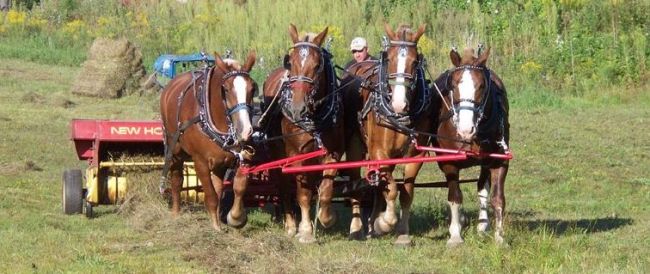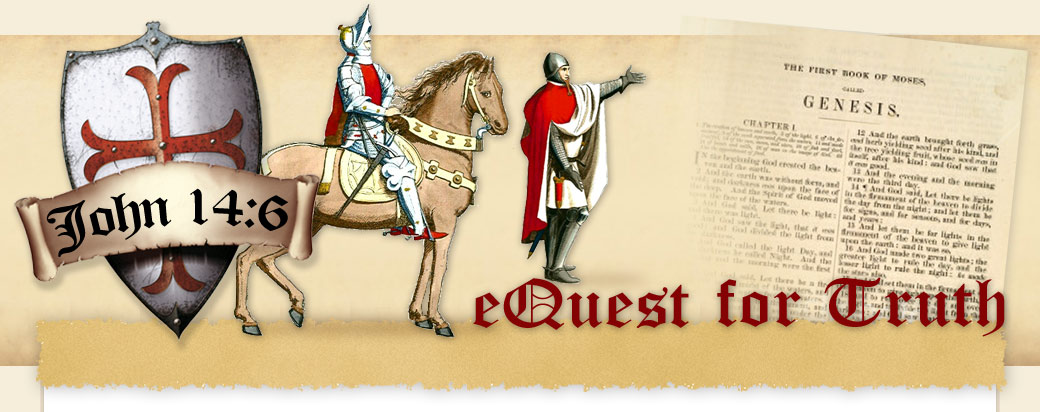Christian Equestrians
- Details

- Meet Christi Gordon: Christian Reining Competitor
- Meet Dr Stephen Denton - Equine Veterinarian
- But Lord I'm a Nobody! - Equine Riding Instructor, Rebekah L. Holt
God's Lipizzaners
- Details
South African Lipizzaners Perform the Quadrille. Photo by Antoinette Middel
God's Lipizzaners
By Firn Hyde
The stallion is as white as innocence, a sculpture of gleaming muscles touched with a grace and energy as old as lightning. His hoofbeats blend with the music around him as he dances on the spot, every hair shining. Suddenly, he freezes, for just the shadow of a second. The world holds its breath. He lifts himself on his hindlegs, forgetting how heavy he is, defying the laws that hold him to the earth. He rises, forelegs folded as if in prayer. He leaps. The white whirlwind of his power blurs in the air as he arches his neck in a bow of muscle, hindlegs lashing out with a sudden savageness that snatches breath.
Brawny Belgians
- Details
 Photo Courtesy of Peter Fleming, Canada
Photo Courtesy of Peter Fleming, Canada
Brawny Belgians -- Beautiful Burden Bearers
By Bethany G. Holt
In Europe in a little country named Belgium there is an artifact with an ancient and entreating history. This artifact is the beautiful, sturdy Belgian Heavy Draft.
The Belgian Heavy Draft was known as the Flanders Horse during the medieval times. This particular horse played an important role in the development of other heavy draft breeds like the Clydesdale, the Shire, the Suffolk Punch, and it might have lent some influence to the Irish Draft and the Dutch Draft. Belgians were raised with the intentions of pulling heavy loads and doing plenty of hard work which required strong horses. Tractors were, as yet, in the distant future and the farmers needed powerful and A Belgian Team in the Hay Field, Photo Courtesy of Peter Fleming, Canada docile farm horses.¹
A Belgian Team in the Hay Field, Photo Courtesy of Peter Fleming, Canada docile farm horses.¹
Practically all Belgians are gentle and mild mannered. In their native country the Belgians labored at the docks and in the factories. When the Belgian came to
By 1870 there were three main bloodlines with specific conformational differences. Orange 1 is the leader of the three groups. He was the forefather of the particularly massive bay horses of the well titled line Gros de la Dendre. Bayard is the stallion that founded the line Gris du Hainaut that had the gray, dun, and sorrel or red roan coloring. A bay horse named Jean 1 founded the third

One of the world’s tallest horses is an American Belgian named Radar. Radar is owned by Priefert Ranch & Equipment in
For an eye-catching, historic draft team pick the Belgian Heavy Draft. These draft horses are the popular choice of many show people and farmers in the world.

References
1. Edwards, Elwyn Hartley, The Encyclopedia of the Horse, Dorling Kindersley Publishing, Inc.,
2. http://www.horsechannel.com/horse-breeds/profiles/belgian-horse-horse-breed.aspx
More Articles...
- The Patient Warhorse: Nooitgedachters
- Meet Dr Stephen Denton
- Horse Sense
- Meet Christi Gordon: Christian Reining Competitor
- How Foals Survive
- One Spark: The Story of Wolraad Woltemade
- Horse Ambulation Designed For Human Benefit
- Galloping Toward the English Bible
- George Washington: The All American Equestrian















